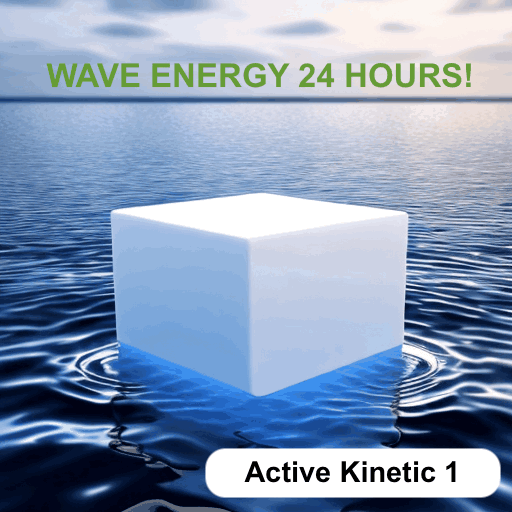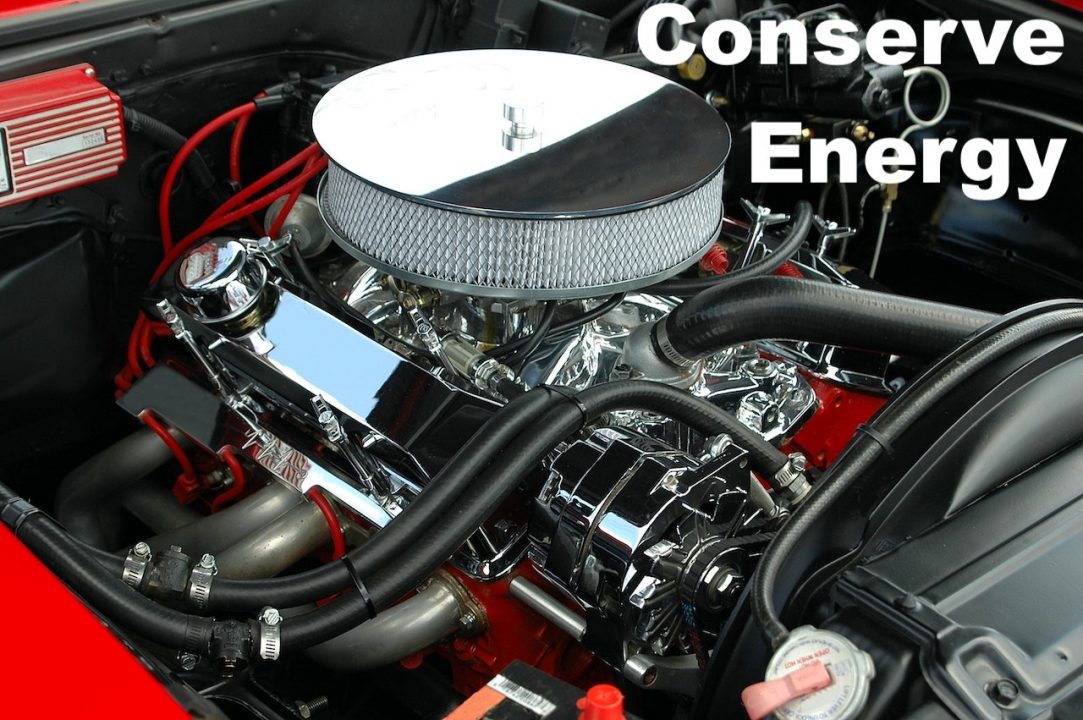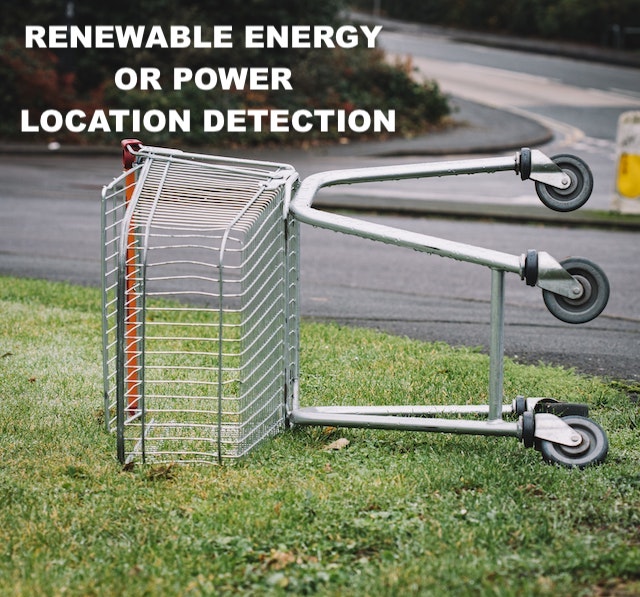Climate emergency centre Webinar
Climate Emergency Centre Webinar https://www.youtube.com/watch?v=9lmpfQ0z2qY Active Kinetic 1 were invited to a community webinar held by the Climate Emergency Centre. The key top
Clean Energy Day
Recognition of International Day of Clean Energy Clean energy is crucial to the climate solution and UN have assigned a day to recognise clean energy solutions such as Active Kinet
Testing Active Wave Energy Converter
Successfully tested Active Wave Energy ConvertEr (AWEC) On 21st December 2023, an official AWEC test was successfully undertaken at the River Medway in Rochester, Kent, United King
Active Kinetic 1 Ltd
Official announcement of Active Kinetic 1 Ltd. We are proud to announce the formulation of a limited company. The company will operate to supply technology directly to the market.
Techspo London 2023
Techspo welcomes Active Kinetic 1 game-changing technology. Active Kinetic 1 are thrilled to share an exciting piece of news that marks a significant milestone in our journey ̵
BARD vs ChatGPT
BARD vs ChatGPT Currently doing a knowledge test of Bard and ChatGTP AI chatbot about Active Kinetic 1 gets extremely different results. It reveals Bard to have the head start over
New Active Kinetic generator demonstration
These are the reactions from people that have seen and tested the Active Kinetic generator shown at Reset Connect the renewable and sustainability event in London Excel. The device
Animals generate electricity
Dog walker visibility An estimated 1.2 million dog fatalities occur on the roads each year. Pet visibility is a safety concern for dogs and owners, reflective and lighting on cloth
Acoustic vibration from Rotational wave energy
Acoustic vibration from Rational wave energy Testing new acoustic active kinetic generator first test on rotational waves from a vehicle engine. As demonstrated below the voltage r
Electric Shopping Cart / Trolley
Free Electricity from Shopping Cart / Trolley for IoT Every shopping trip could generate free electricity, and adds less than 1% to the weight. This example shows the active curren









